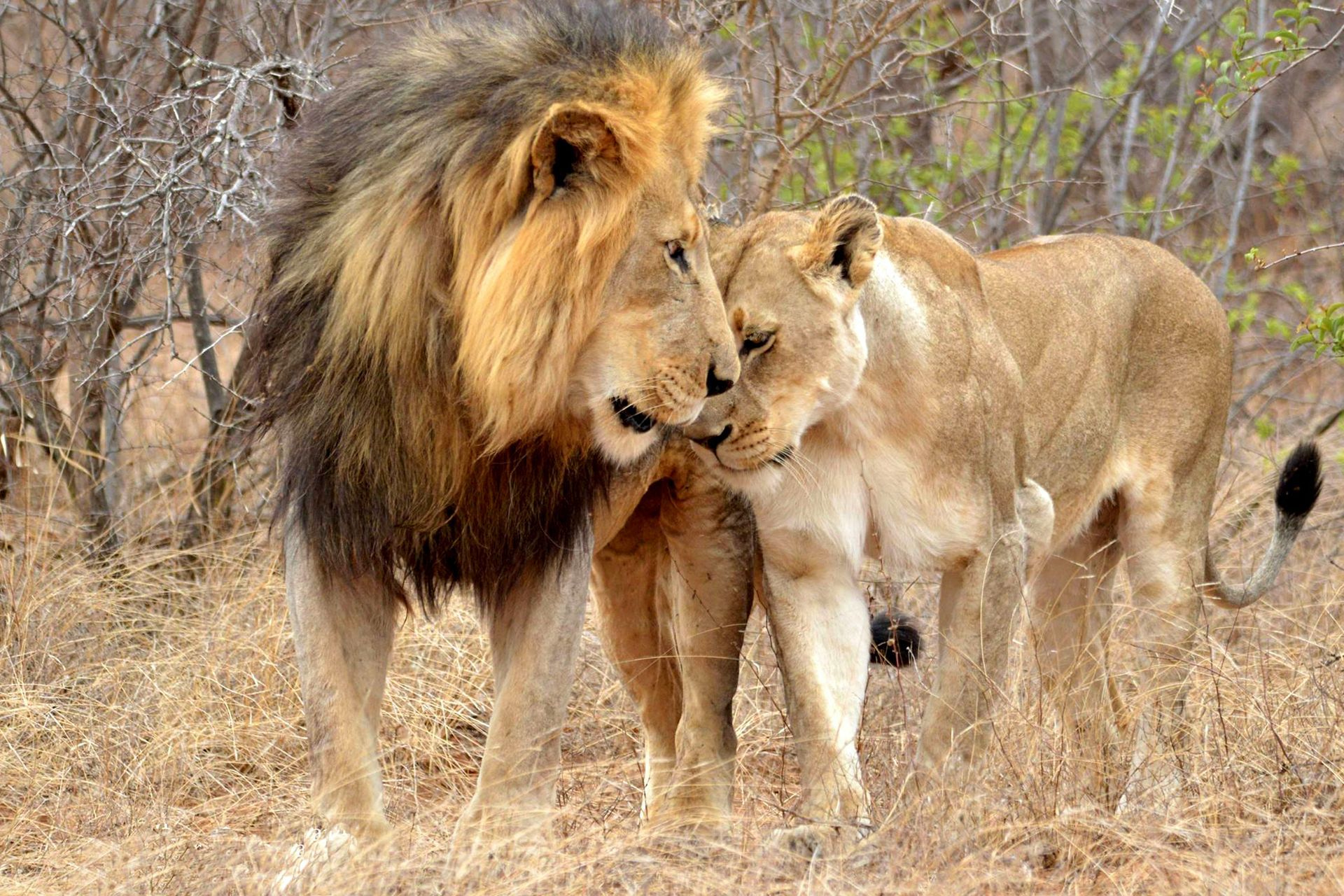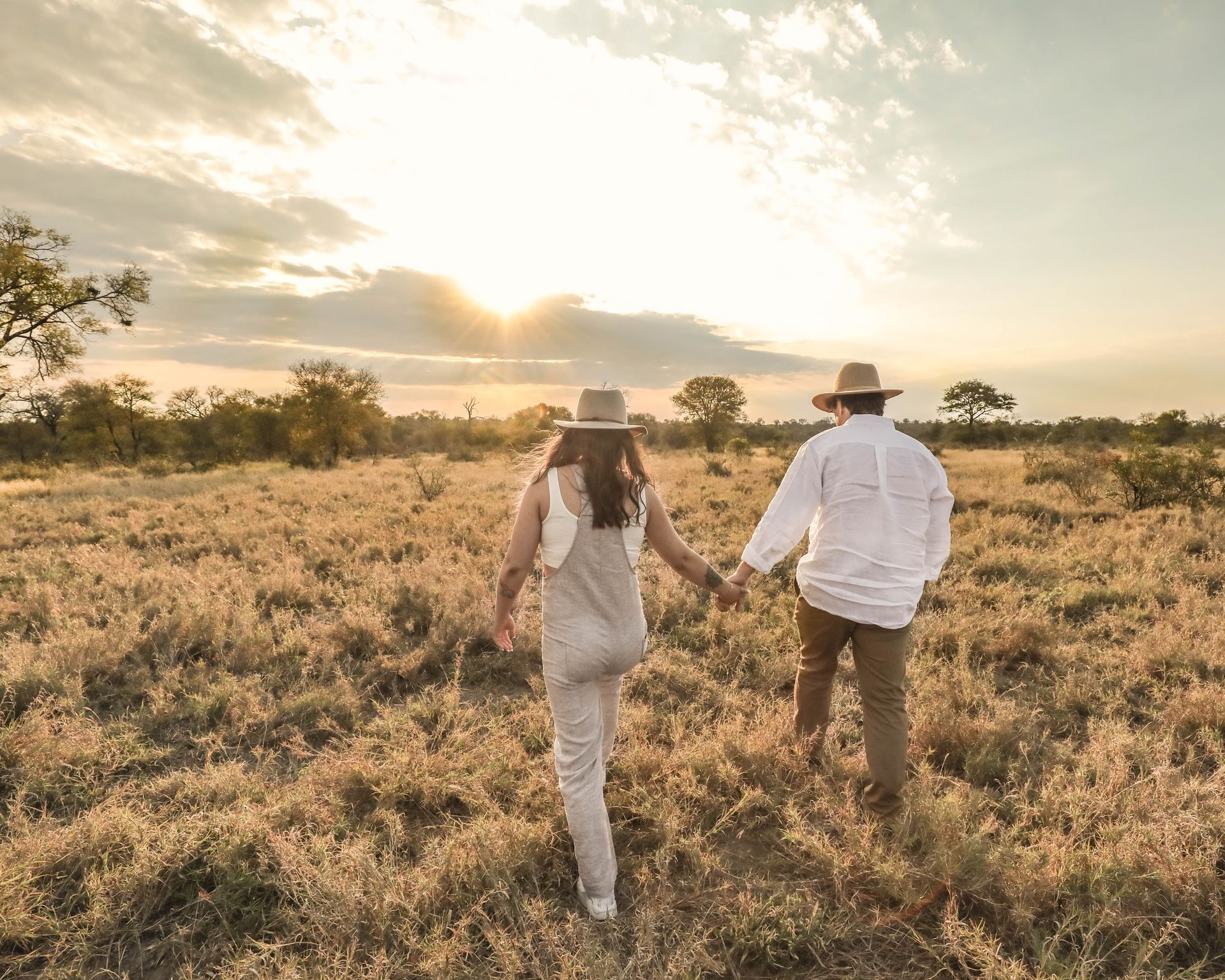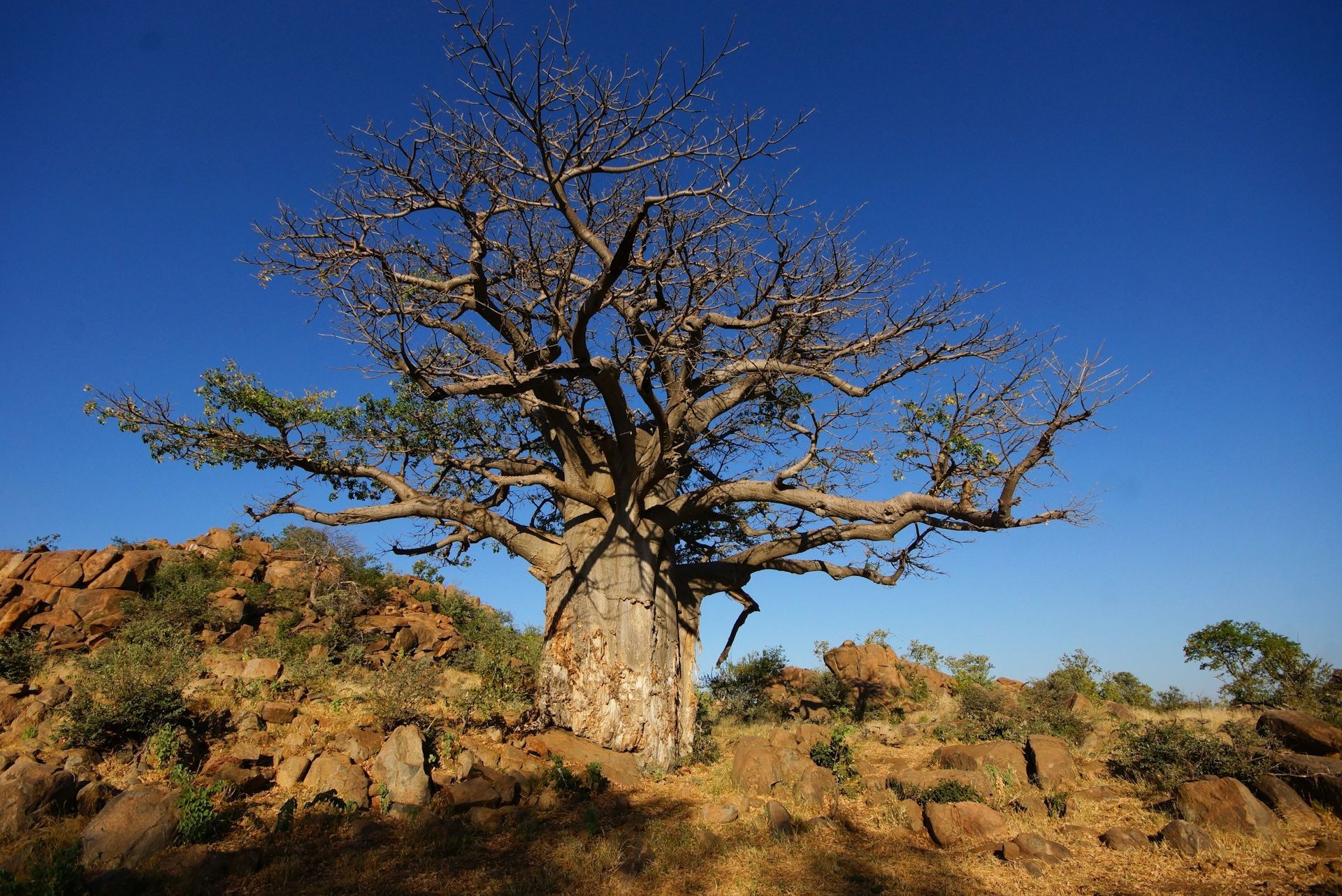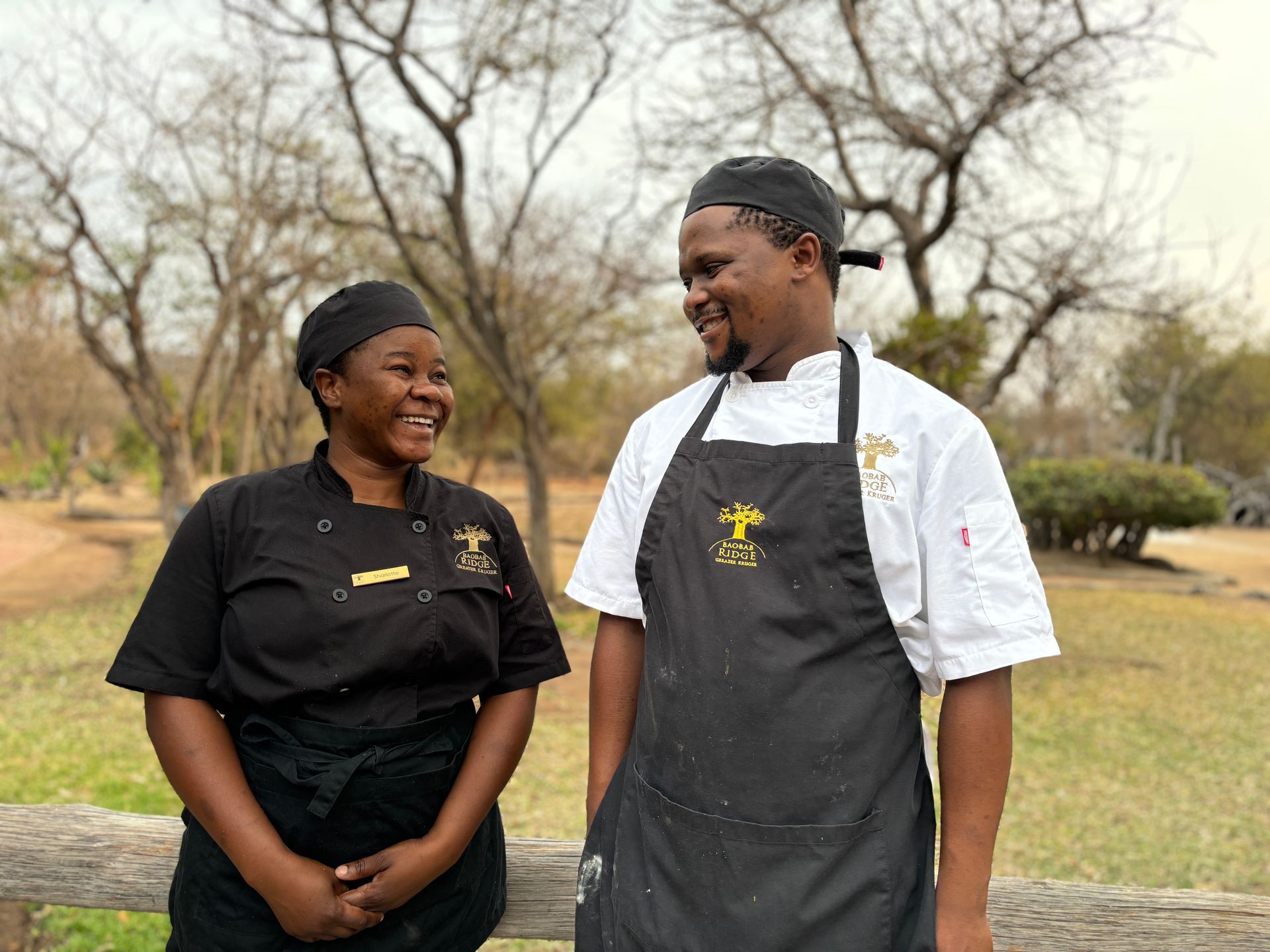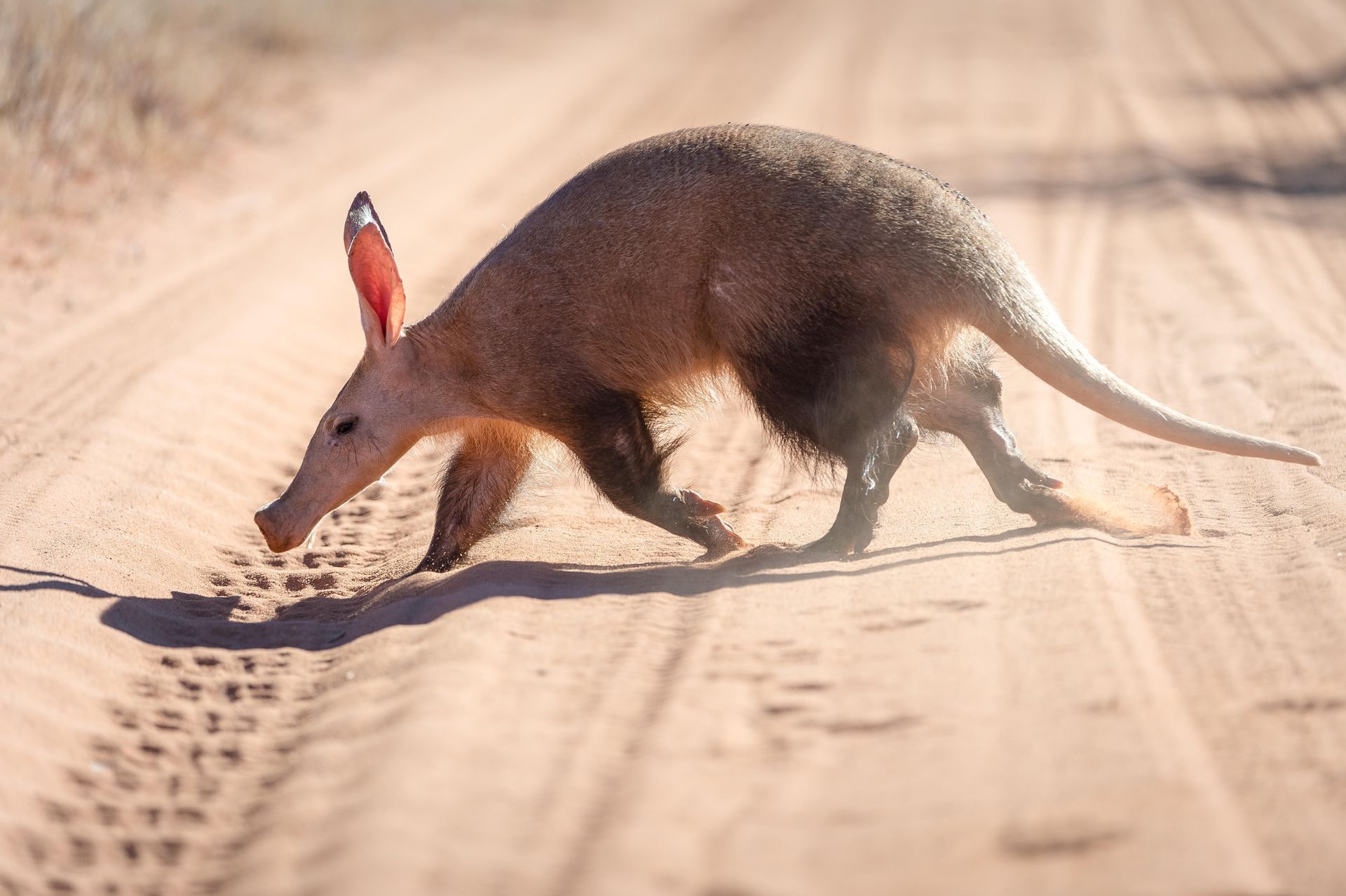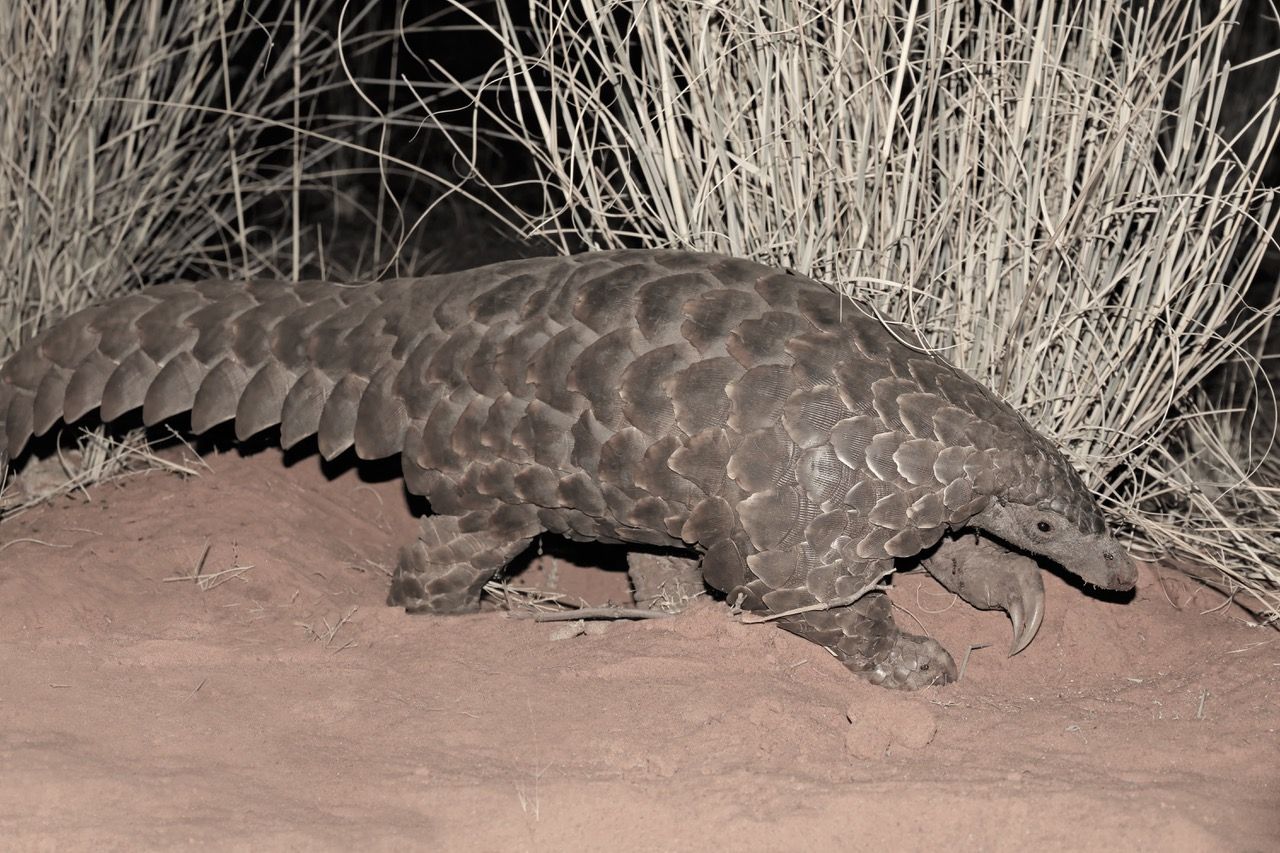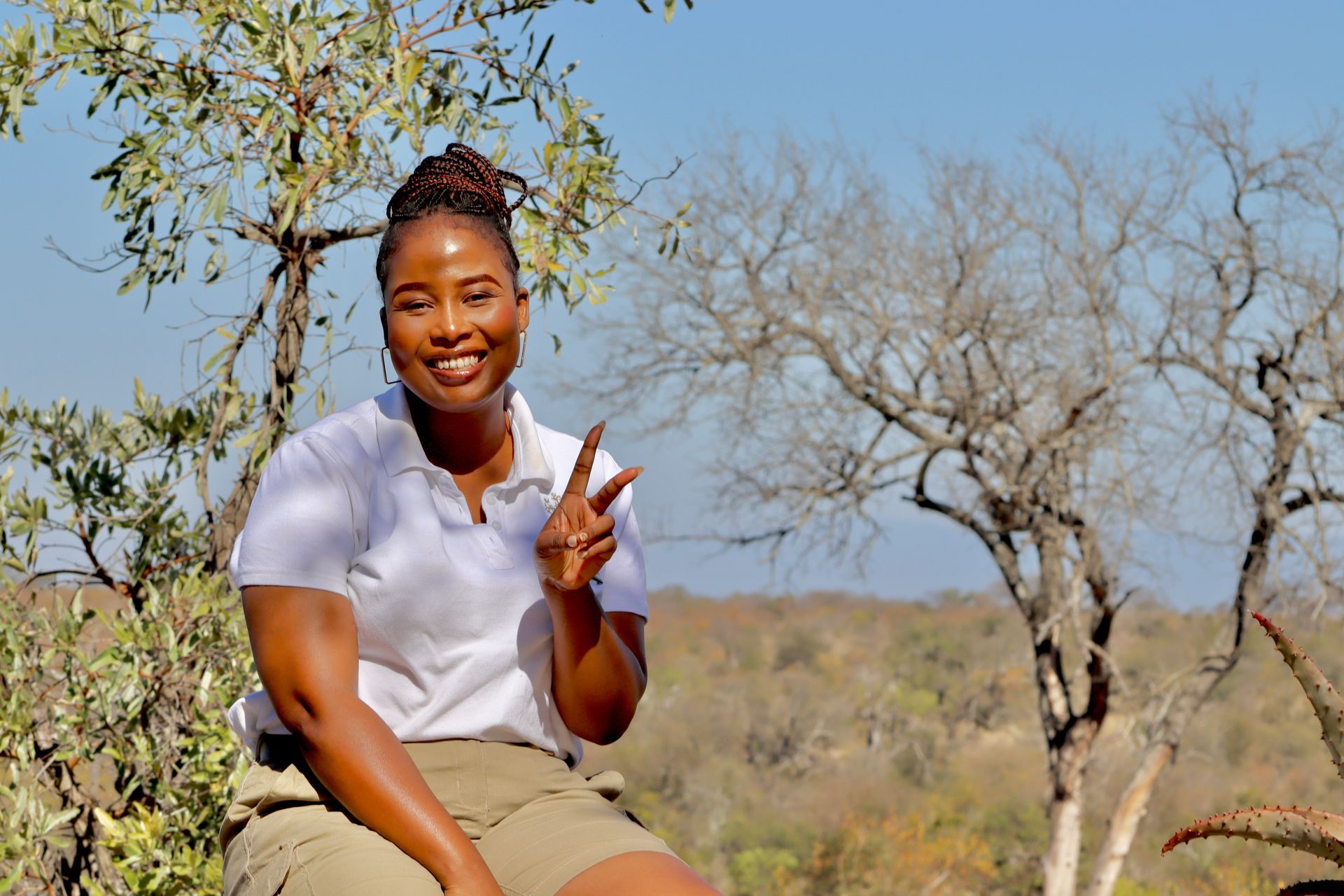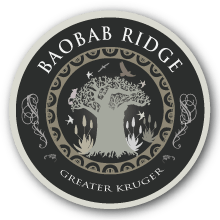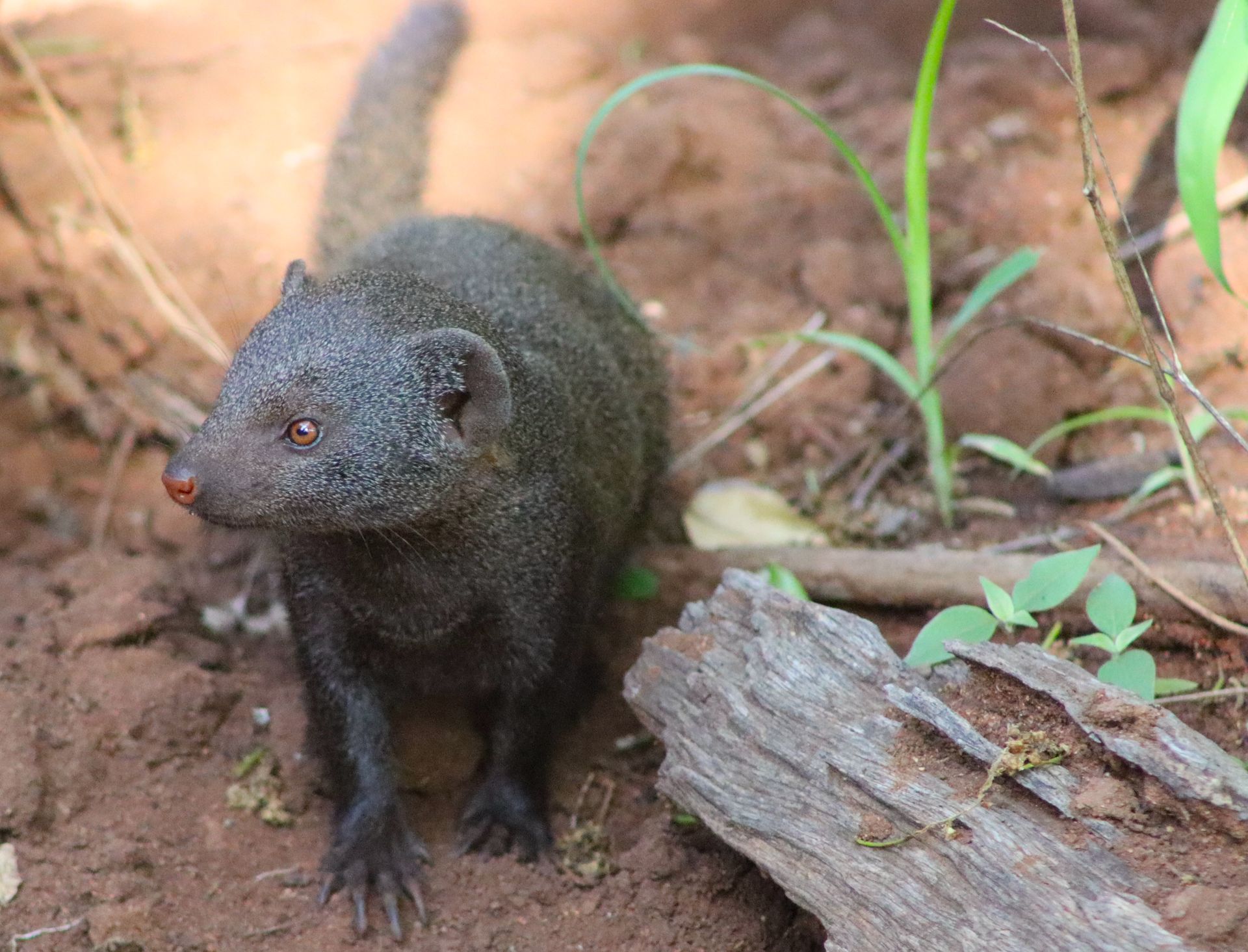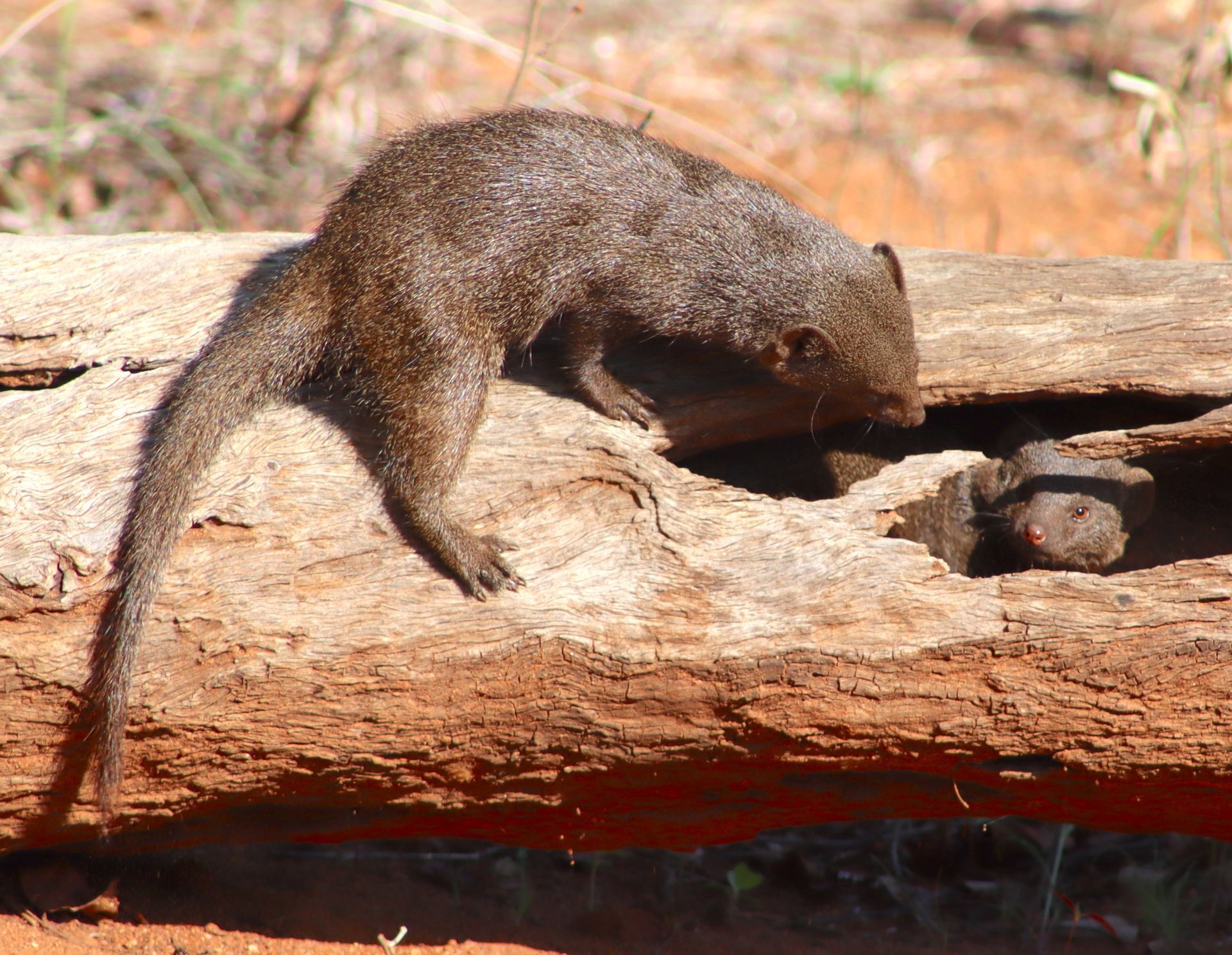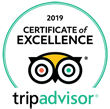CALL US ON +27 73 926 4724
Meet the mongooses
Baobab Ridge is a safe haven for these cute carnivores
Baobab Ridge has become a unique sanctuary for two of South Africa's most remarkable carnivores: the banded mongoose and the dwarf mongoose! These small, social predators, though different in size and habits, both play integral roles in the Klaserie’s rich ecosystem and are often seen in the lodge's gardens where they entertain guests with their wonderful social antics. Let's find out more about them...

Slide title
Write your caption hereButton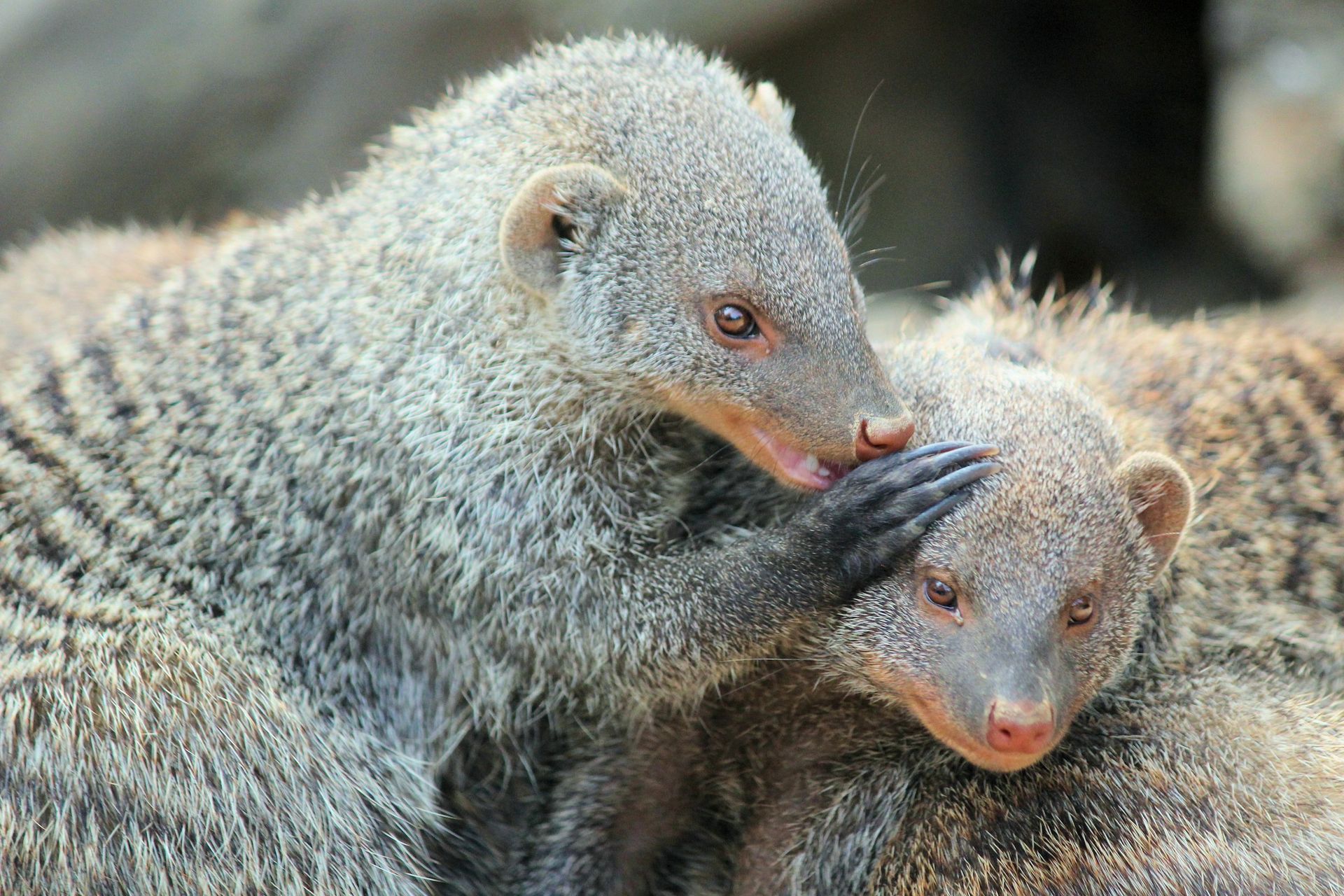
Slide title
Write your caption hereButtonSlide title
Write your caption hereButtonSlide title
Write your caption hereButton
The banded mongoose, recognisable by its grey-brown fur adorned with dark bands, is a familiar sight at the lodge. These social animals live in groups called troops or businesses, which can consist of up to 40 individuals. Troops are typically led by a dominant male and female, who often form monogamous pairs. The social structure of banded mongooses is complex and co-operative, with all members of the troop participating in the care and protection of the young. This communal rearing enhances the survival rate of the offspring, a vital aspect of their life in the wild.
Banded mongooses are diurnal and spend their days foraging for a diverse diet that includes insects, small vertebrates, fruits, eggs, and small reptiles. They have developed a unique method of handling prey with hard exteriors, such as beetles or bird eggs, by throwing them against hard surfaces to break them open. Their vocal communication is intricate, with a range of calls used to convey different messages, from alarm signals to maintain group cohesion to individual recognition through scent marking.
In contrast, the dwarf mongoose, the smallest member of the mongoose family, is known for its diminutive size and rich brown fur. They are Africa's smallest mammalian carnivore and also live in businesses, which can include as many as 30 individuals. As with the banded mongoose - the social structure of "dwarfies" revolves around a dominant breeding pair, while subordinate members help with raising the young and defending the territory. Their diet mainly consists of insects, spiders, small reptiles, and occasionally small mammals and fruits, making them adept hunters with sharp claws and keen senses.
Naturally inquisitive and impressively brave, being known to nip at the heels of duikers and chase off perceived threats much larger than themselves, their social structure is quite fluid and as youngsters reach adulthood, they often go off to spend time with other troops, sometimes returning to their natal troop to catch up with family and friends. This helps to prevent inbreeding and keep gene pools diverse.
Communication among dwarf mongooses is equally as sophisticated as with their banded cousins and involves a wide range of vocalisations, body postures, and scent marking. They have different alarm calls for different threats, like birds of prey and snakes, and "muster" calls that bring all the troop members together.
They keep in constant contact with one another when foraging with lots of beeps and tweets. When competing for food, hierarchical rankings kick in and the dominant female, who rules the troop, will growl and dish out bites to transgressors.
Their co-operative breeding system ensures that all troop members participate in the upbringing of the young, increasing the pups' chances of survival. This co-operative lifestyle also provides significant protection against predators, as they can mob predators and use their collective vigilance to detect danger early. Indeed, dwarf mongooses will often chase banded mongooses away from their troop when there are babies in tow.
Both of these amazing mongoose species exhibit advanced cognitive abilities and social intelligence. Banded mongooses learn from one another and adapt their behaviour based on the success of other group members. Similarly, dwarf mongooses demonstrate problem-solving skills and social learning, with younger individuals acquiring skills by observing older, more experienced troop members.
In the Klaserie Private Game Reserve, these mongoose species contribute significantly to the ecological balance. As predators of insects, reptiles and small animals, they help control populations of these species. Their foraging activities also aid in soil aeration, promoting plant growth. Moreover, as prey for a variety of larger predators, they play a crucial role in the food web.
The Klaserie Private Game Reserve offers a haven where the intricate social structures and ecological roles of banded and dwarf mongooses, along with other mongoose species like the slender mongoose, white-tailed mongoose and water mongoose, can be observed and studied.
Their presence highlights the importance of conserving diverse species to maintain the health and balance of ecosystems. As visitors and researchers explore the reserve, they gain a deeper understanding and appreciation of these remarkable creatures and the vital roles they play in the natural world. As for guests at Baobab Ridge - they can relax and get the benefit of close-quarter observations of these charming little animals.
*Just remember that while these gorgeous creatures look incredibly cute, they are wild animals and can inflict a serious (and painful) bite with their razor-sharp teeth if you try to touch them. If you see them at the lodge, it's important that you don't feed them under any circumstances, even if they are around during mealtimes, as this creates a serious problem for us and a danger to you. If you are bitten, please inform the manager, as you will require a rabies vaccination.
